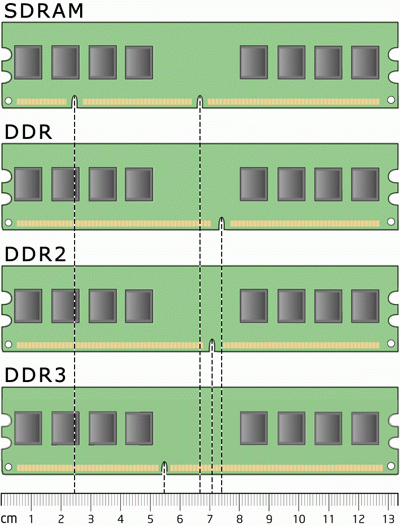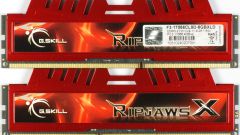Instruction
1
All of the following methods will work in Windows XP, Windows Vista and Windows Seven. At the expense of earlier versions of Windows is unknown, as there was no need for their use.
2
Remove all the unnecessary programs that you don't use (you can do this using the tool: start -> control panel -> add or remove programs). You should also clean up the startup. To do this, press the Windows key(the button with the flag)+R, a window opens you enter the command, type MSCONFIG.exe in the "startup" tab, remove unnecessary programs that at startup they are not loaded, thereby speeding up the operation of the system. You should also disable unnecessary plugins in programs such as Opera, FireFox, etc. In Opera this is done from the Tools menu, then Advanced, then Plugins. Some plugins can "eat" quite a lot of RAM, 200-300 MB.
3
Not a very effective method, but in the fight for every megabyte you need to use all means. In Windows there are many services, but some of them are useless, either from the beginning or after you install additional software, which replaces one of the services. One such service is Windows Defender – it can be replaced by any antivirus due to this, you "beat off" 20 MB of RAM. To stop the service from the component Services to start it the following way:
- Start -> control Panel -> administrative tools -> Services
- Or press Windows+R and enter command services.mstake without harm to the system, you can disable Offline files and the Windows Firewall. The first is responsible for maintenance of offline files cache, with the entrance and exit of the user in system, etc. Second in charge of security can prevent unauthorized access to your computer. By disabling these services, you "beat" another 10 MB. Not so much, isn't it?
- Start -> control Panel -> administrative tools -> Services
- Or press Windows+R and enter command services.mstake without harm to the system, you can disable Offline files and the Windows Firewall. The first is responsible for maintenance of offline files cache, with the entrance and exit of the user in system, etc. Second in charge of security can prevent unauthorized access to your computer. By disabling these services, you "beat" another 10 MB. Not so much, isn't it?
4
The easiest method that all should know. If you want to improve the RAM, not much it download. Try to simultaneously run at least a variety of applications. If you want to make a video, work only with the video editor, if you want to work in Photoshop, only it and use. This applies to other demanding programs.All processes and how much memory they consume, can be seen in task Manager. Open it using CTRL+ALT+DEL or using the key combination of conservatives CTRL+SHIFT+ESC.

